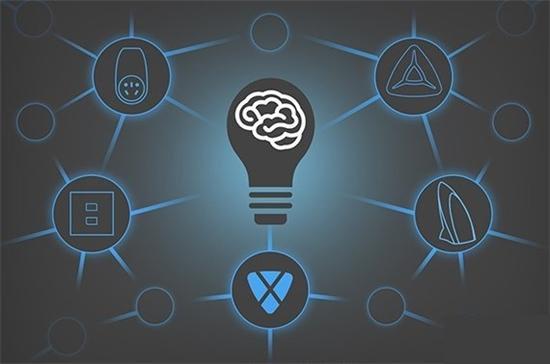“The Internet of things” is the English name of the Internet of Things. In China, the Internet of Things is called the “Sensor Network”, so sensors play an important role in the Internet of Things. The main roles in the Internet of Things should be sensors, terminals, and clouds. Therefore, the regular Internet of Things lighting application topology should be hierarchical distribution as shown below, with the cloud as the center, and the sensors and lighting are connected to the cloud service center. The cloud center is a data interaction platform and a data sharing platform.


However, it can be said that there are very few sensors that apply IoT technology in the lighting field, and most of them are just for remote control. That is to say, the sensor is replaced with a visual management interface, which changes the concept of “sensor network”. The Internet of Things is just a remote control function, and does not maximize the power of the Internet of Things.
Another application structure is a relatively bigger step forward. Adding sensors to the original lighting source and visual management platform seems to have completed the realization of the Internet of Things, but in fact it is still a failed structure. In the current lighting industry, most companies practice is to display sensor information on In the visual management platform, the lighting source is still a remote switch device. It can be said that there is no connection between the sensor and the lighting source. As mentioned before, the Internet of Things is a network that relies on cloud platform data sharing. However, the structure mentioned now only connects sensors and lighting sources to cloud services in the lighting field, without truly maximizing each other’s data applications. This is the actual current situation of application structure topology. It seems that IoT technology has been well used to connect things, but in fact there is no data sharing and interoperability.
The structure of a real IoT application is sensors, terminals, visual management platforms, and cloud services. It can even be compressed into sensors, terminals, and cloud services, because visual management is also a terminal device, such as a mobile phone or a computer. The function of the sensor is to sense various environments as a basis for lighting management. For example, when it is dark, the lights need to be turned on; when people come in, the light can be brightened; when the temperature becomes cold, the light color can be changed to warm colors. On this basis, the data can be recorded and analyzed on a mobile phone or computer. Therefore, in the structure of the data in the figure, except for the sensor which is one-way, the other should be two-way (of course the sensor is one-way on the surface, but in fact its other data transmission direction is in the perception of the environment, such as lighting sources Changes can be sensed by sensors (this kind of data transmission will not go through the cloud), and various data information connected to the cloud can be used by each other. This is the maximum utilization of the star network application structure, otherwise it is really impossible to talk about physical things. Application of networking technology.
Obviously, some people have misunderstood the current application structure layout of the Internet of Things in the lighting field, and some people have understood it correctly. However, the use of data is insufficient, and the data between objects has not yet been used to generate maximum value.